How to Improve Baling Efficiency with Cotton Baling Film
2025-05-17
Cotton baling film plays a crucial role in ensuring secure packaging, moisture protection, and efficient transportation of cotton bales. To maximize baling efficiency, consider the following key strategies:
1. Optimal Film Selection
-
Thickness (15–30 microns): Thicker films (25+ microns) enhance puncture resistance but increase material costs.
-
Pre-Stretched Film: Reduces material usage by 30–50% while maintaining strength.
-
UV-Resistant & Anti-Static Additives: Prevents degradation and dust accumulation during storage.
2. Advanced Baling Machine Settings
-
Tension Control: Adjust film tension (typically 200–300 N) to avoid overstretching or loose wrapping.
-
Layer Optimization: 4–6 film layers balance cost and protection; excessive layers waste material.
-
Automated Wrapping Speed: 20–30 RPM ensures consistent coverage without film breakage.
3. Enhanced Film Performance
-
High-Adhesion Coating: Improves cling properties, reducing unwinding risks.
-
Reinforced Edges: Prevents tearing during handling and transport.
4. Operational Best Practices
-
Uniform Bale Shape: Square/rectangular bales wrap more efficiently than irregular shapes.
-
Climate Considerations: In humid regions, use anti-fog films to prevent condensation buildup.
-
Operator Training: Proper loading and film threading minimize downtime.
5. Sustainability & Cost Savings
-
Recyclable Materials: LLDPE films reduce environmental impact.
-
Reduced Film Waste: Automated cutters and pre-cut film rolls optimize usage.
Expected Outcomes
-
Efficiency Gains: Up to 20% faster baling with automated systems.
-
Cost Reduction: Pre-stretched films lower material costs by 15–30%.
-
Improved Protection: UV-resistant films extend storage life by 6+ months.
You Might Also Like
-
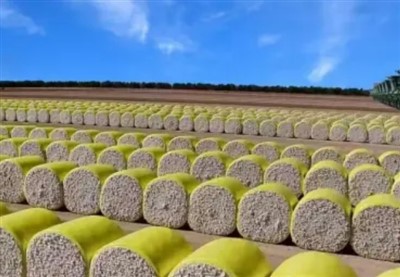
what are the advantages of cotton packaging film
-
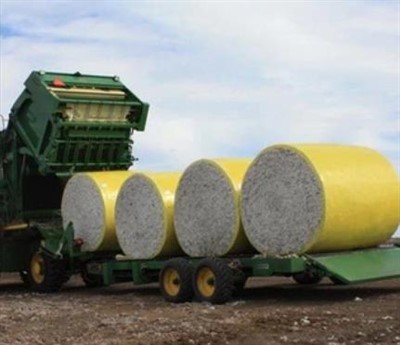
The Advantages of Cotton Wrap Film
-
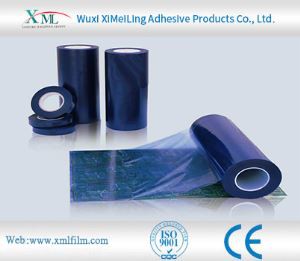
How does pe protective film cope with high temperature environment
-
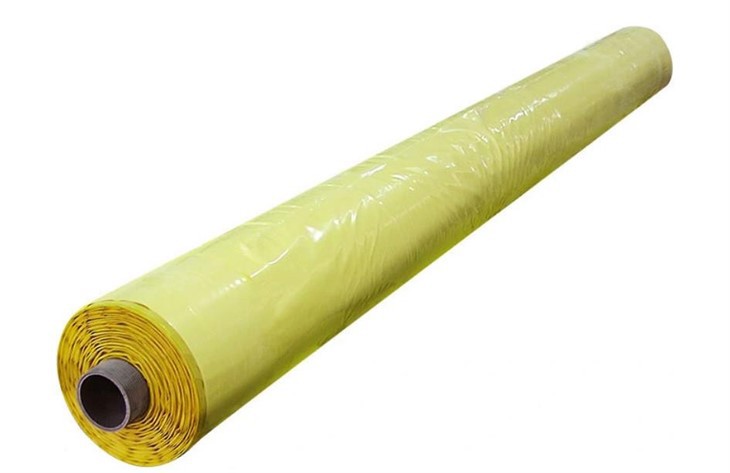
Advantages of Cotton Bale Wrap Film
-
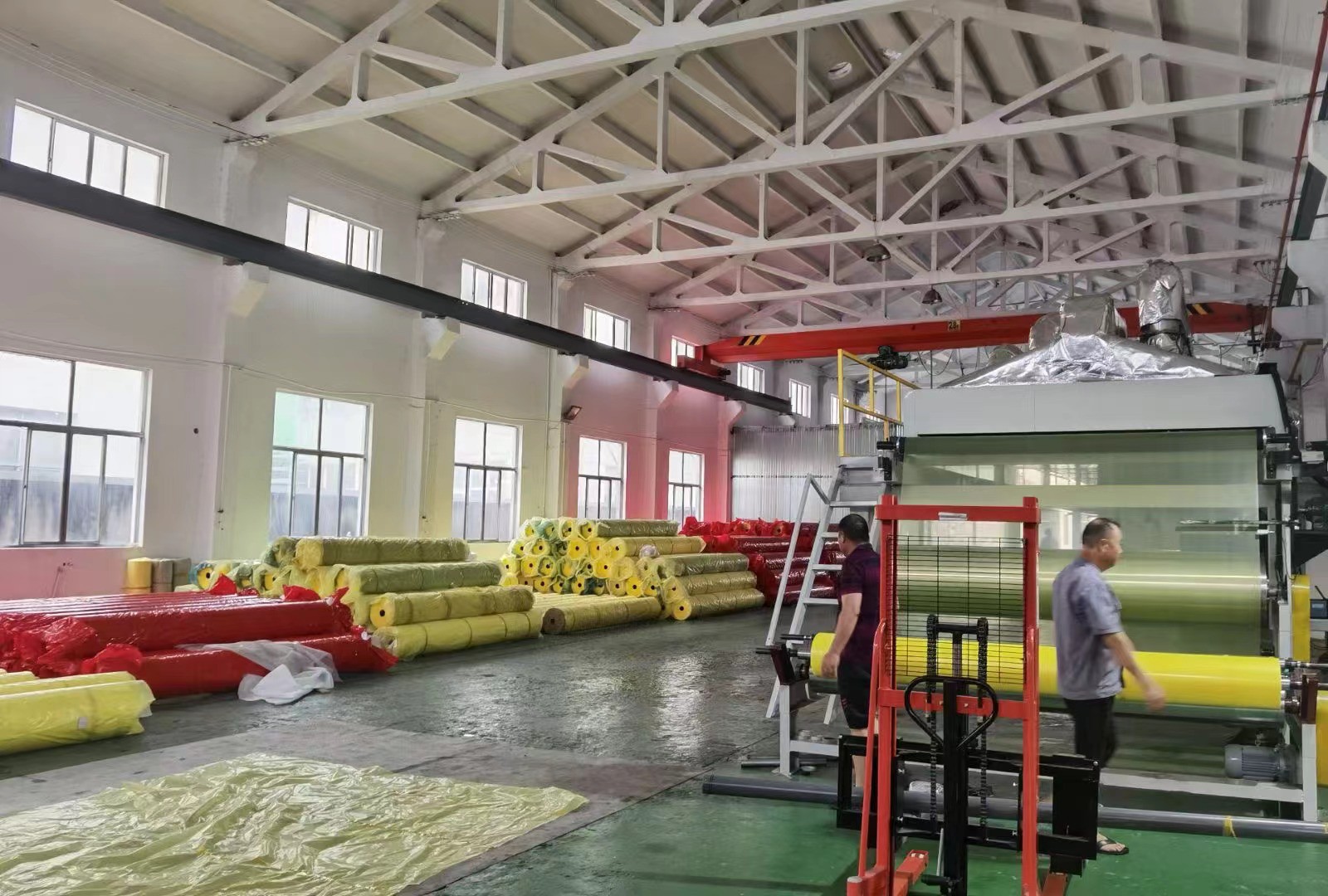
Storage method of cotton bale wrap film
-
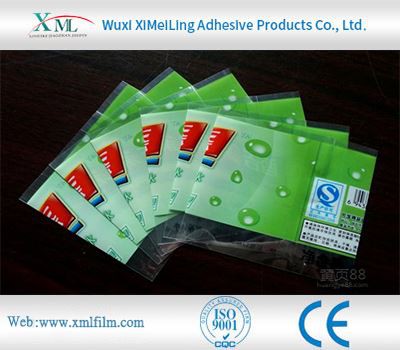
How Polyethylene Packaging Material Copes with High Temperature Environment
